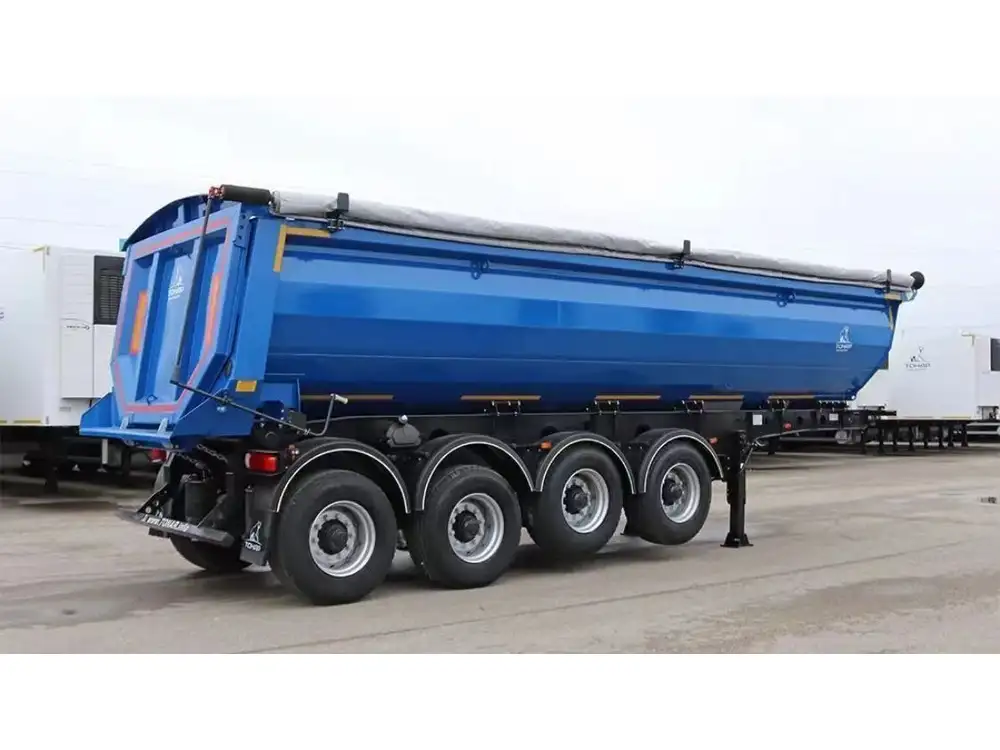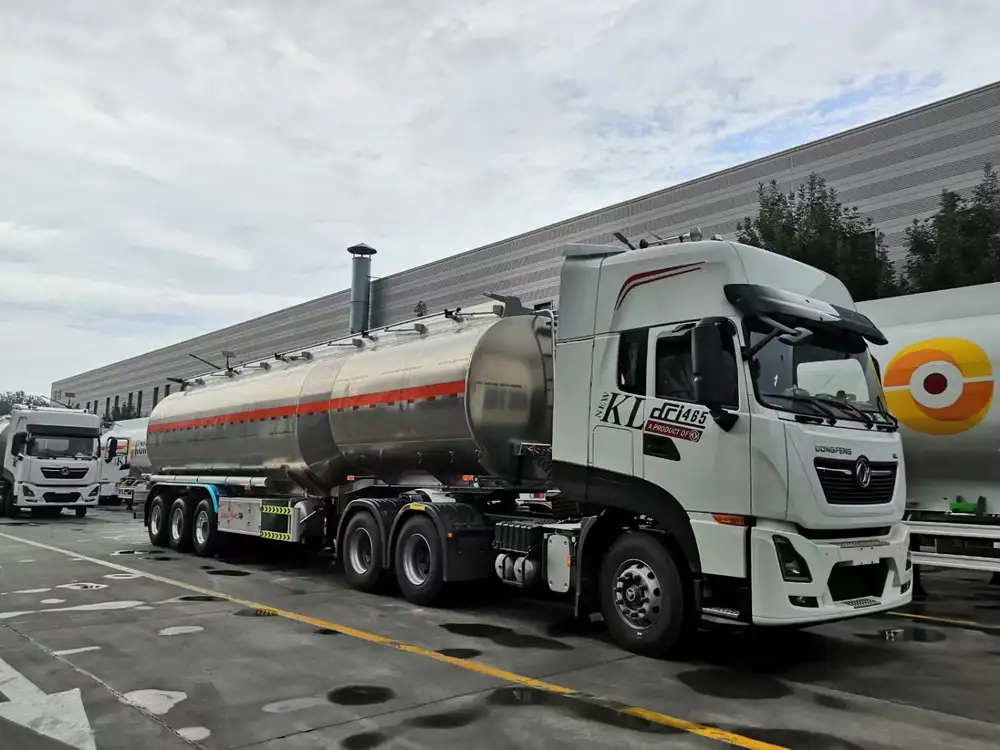When contemplating the purchase or utilization of a dump trailer, one frequently asked question is: how much does a dump trailer weight empty? This seemingly straightforward inquiry intertwines with numerous facets of trailer specifications, usage, and regulatory implications. Understanding the empty weight of a dump trailer is crucial for both prospective buyers and experienced users, as it impacts hauling capacity, vehicle compatibility, and legal compliance. In this comprehensive article, we will dissect the factors influencing the weight of dump trailers, the various models available, and practical implications for heavy-duty hauling.
What is a Dump Trailer?
A dump trailer, by its very design, is a robust vehicular conveyance used for the transportation of loose materials such as soil, gravel, sand, debris, and other bulk loads. Unlike conventional trailers, dump trailers possess a hydraulic mechanism that allows the trailer bed to be raised at one end, facilitating the unloading of materials swiftly and efficiently. These trailers come in various designs and sizes, tailored for different load capacities and purposes.
Common Uses of Dump Trailers
- Construction Sites: Transporting materials like aggregates and waste.
- Landscaping Projects: Hauling soil, mulch, rock, and vegetation debris.
- Agricultural Applications: Transporting fertilizers, feed, and produce.
- Demolition: Moving rubble and construction remnants.
- Recreational: Used to haul recreational vehicles or equipment.

Factors Influencing the Empty Weight of Dump Trailers
The empty weight of a dump trailer is affected by several critical factors that include, but are not limited to:
| Factor | Details |
|---|---|
| Trailer Size | Larger trailers inevitably weigh more. Common sizes include 5×10, 6×12, to 8×20 feet. |
| Material Construction | The composition of the trailer (steel vs. aluminum) significantly impacts weight. |
| Axle Configuration | Trailers with more axles can support heavier loads but also add weight, e.g., single vs. tandem. |
| Hydraulic Mechanism | The complexity and size of the hydraulic system can contribute additional weight. |
| Accessories & Features | Options like ramps, toolboxes, or reinforced flooring add to the total empty weight. |
Common Trailer Sizes and Their Average Empty Weights
To better illustrate the variations in dump trailer weights, here’s a table delineating some standard sizes along with their respective average empty weights:
| Dump Trailer Size | Average Empty Weight (lbs) |
|---|---|
| 5×8 | 1,200 – 1,500 |
| 6×10 | 1,800 – 2,200 |
| 6×12 | 2,000 – 2,500 |
| 7×14 | 2,500 – 3,100 |
| 8×12 | 2,800 – 3,500 |
| 8×20 | 3,500 – 5,000 |
How to Determine the Ideal Dump Trailer for Your Needs
Choosing the right dump trailer involves understanding not only the empty weight but also how it aligns with your hauling requirements. Here’s a structured approach to making an informed decision:

1. Assess Your Hauling Requirements
- Types of Materials: Are you transporting light debris or heavy materials?
- Volume Needs: How much material do you need to haul at once?
- Frequency of Use: Frequent heavy hauling may necessitate a more robust model.
2. Consider Compatibility with Towing Vehicle
Your towing vehicle’s specifications, especially its Gross Vehicle Weight Rating (GVWR), dictate the kind of dump trailer you can safely tow. Calculate the total weight (combined weight of the trailer and cargo) to ensure it adheres to the towing capacity of your vehicle.
3. Explore Build Options
Evaluate whether a steel or aluminum trailer is more suited to your needs. Steel is typically heavier but offers superior strength, while aluminum is lighter, easier to maneuver, and often more resistant to corrosion.

4. Think About Future Needs
Consider potential upgrading or changes in usage. If you anticipate needing a larger capacity or heavier loads in the future, investing in a more substantial trailer now might save costs down the road.
5. Check Regulations
Different jurisdictions have varying legal stipulations regarding trailer weights, towing capacities, and permits. Familiarize yourself with local laws to avoid potential penalties.
Benefits of Understanding Empty Weights
Recognizing the empty weight of a dump trailer carries numerous advantages:
- Enhanced Safety: Proper weight consideration can prevent overloading, which is crucial for braking and maneuverability.
- Cost Efficiency: Knowing empty weights helps in accurately calculating potential operational costs, including tolls and fuel consumption.
- Regulatory Compliance: Understanding your trailer’s empty weight aids in adhering to legal specifications relevant to hauling in your area.
- Improved Planning: With the right data, you can better plan for loading procedures, ensuring that loads are manageable and balanced.

Examples of dump trailer applications in various industries
The versatility of dump trailers is evident across multiple sectors. Below are practical applications showcasing their importance:
Construction Industry
In construction, dump trailers are indispensable for efficiently transporting large quantities of soil, sand, and construction debris. For instance, during a commercial building project, contractors utilize dump trailers for:
- Delivering bulk materials like gravel.
- Removing excess soil or excavation material.
- Transporting equipment like concrete mixers.
Landscaping
For landscaping professionals, dump trailers serve as the backbone of project execution. They allow for:
- Efficient transport of soil, mulch, and rock.
- Management of waste from landscaping jobs.
- Quick clearance of vegetation debris post-project completion.

Agriculture
Farmers rely on dump trailers for a variety of tasks, enhancing productivity by simplifying logistics:
- Hauling fertilizers, pesticides, and livestock feed.
- Transporting crops to markets or processing facilities.
- Moving bulk materials during crop planting or harvesting seasons.
Conclusion: The Importance of Knowing Dump Trailer Weights
In summation, while the inquiry into how much does a dump trailer weigh empty may appear superficial, it unfolds into a myriad of considerations essential for successful utilization. By assessing the variables involved and understanding the specifics of different models, buyers and users can make informed choices that optimize their operations and adhere to safety regulations.
Navigating the domain of dump trailers can be complex, but targeted knowledge empowers end-users. Whether for construction, landscaping, or agricultural purposes, being armed with the understanding of a trailer’s empty weight transforms a simple decision into a strategic advantage.
Equipped with the insight outlined in this article, stakeholders can engage in better planning, risk management, and ultimately, achieve enhanced efficiency in their operations. When making a purchase or utilizing dump trailers, every pound counts—quite literally—for achieving peak performance and value in every haul.



